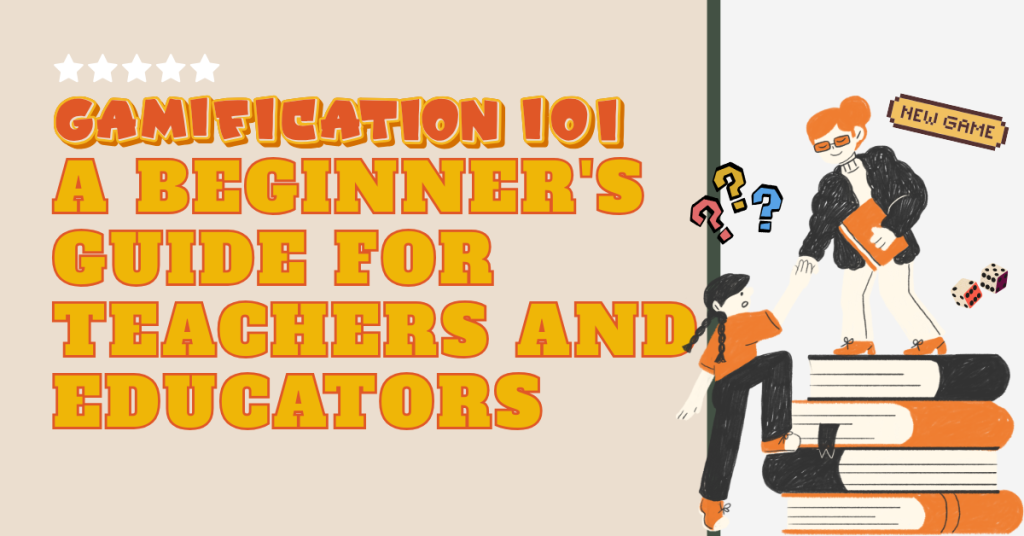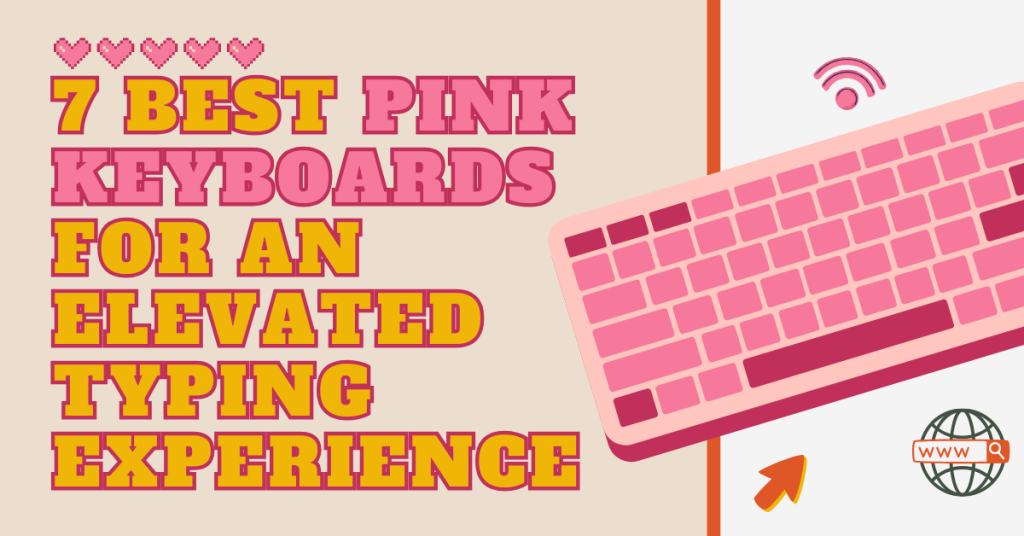In the ever-evolving education landscape, instructors continually explore innovative ways to engage and motivate students. One powerful tool that has gained popularity is “Gamification.” This strategy involves incorporating game elements into non-game contexts, such as the classroom, to enhance learning experiences and create a more dynamic educational environment. In this blog, we will delve into the concept of Gamification.
What is Gamification?
Gamification is not about turning the classroom into a video game. Instead, it focuses on leveraging the motivational aspects of games to make learning more exciting and enjoyable. By incorporating elements such as competition, rewards, and challenges, educators can tap into students’ natural inclination for play, turning it into a powerful learning tool.
Why Gamification?
Traditional teaching methods often struggle to keep students interested and motivated. Gamification addresses this issue by introducing elements that make learning inherently enjoyable. Students are more likely to absorb and retain information when they are engaged and having fun. This approach transforms the learning process into a journey that students eagerly undertake rather than viewing it as a dull obligation.
The Core Elements of Gamification
1. Points and Badges
Points and badges are essential for driving motivation in gamification. Award points for completing tasks and give badges for achievements. Utilize leaderboards to encourage healthy competition among participants. This interactive approach boosts individual and group performance, creating a goal-focused learning environment.
2. Levels and Progression
Structure the curriculum into distinct levels or stages, allowing students to progress as they complete tasks or master the content.
3. Challenges and Quests
Develop challenges or quests that require critical thinking and problem-solving skills. Gradually increase the difficulty of tasks to maintain student motivation.
Implementing Gamification in the Classroom
1. Set Clear Objectives
Clearly define learning objectives and align gamified elements with these goals. This ensures that gamification enhances the educational experience rather than distracts from it.
2. Know Your Audience
Understand your students’ preferences and interests. Tailor gamified elements to resonate with what they enjoy, making the learning experience more relatable.
3. Choose Appropriate Tools
Select gamification tools and platforms that match your teaching style and meet your students’ needs. Numerous apps and platforms exist specifically for educational gamification.
4. Balance Competition and Collaboration
While healthy competition can be motivating, it is essential to balance it with collaborative activities. Encourage students to work together to achieve shared goals.
5. Frequent Feedback
Provide timely and constructive feedback. Use gamified elements to recognize achievements and guide students on areas for improvement.
6. Customization and Personalization
Allow students to personalize their learning experiences by offering choices in assignments or projects that cater to diverse learning styles. This fosters a sense of ownership and autonomy, enhancing the overall meaningfulness of each student’s educational journey.
7. Real-world Application
Connect classroom activities with real-world scenarios to highlight the practical applications of the learning material. Demonstrating relevance deepens understanding and cultivates genuine interest in the subject matter.
8. Collaborative Gamification
Incorporate group-based gamification projects that require teamwork and collective problem-solving. This approach fosters social skills and reinforces that success often comes from collaborative efforts.
9. Incorporate Technology
Utilize educational apps, online platforms, or gamified software to enhance the gamification experience and cater to the digital preferences of modern students. This integration can include interactive quizzes, virtual simulations, or educational games aligned with the curriculum.
10. Continuous Innovation
Keep the gamification approach dynamic by regularly introducing new challenges and activities. Monitor the effectiveness of gamified elements and be open to adapting based on student feedback. Embrace a mindset of continuous improvement to maintain engagement over the long term.
Addressing Individual Learning Styles
Every student is unique, and gamification allows educators to address diverse learning styles effectively.
Visual Learners
Incorporate visual elements such as infographics, charts, and diagrams to enhance comprehension. Use images and videos to explain concepts, creating visually engaging learning materials.
Auditory Learners
Integrate podcasts, discussions, and storytelling into lessons to cater to auditory preferences. Encourage group discussions and debates, providing interactive environments for auditory learners to thrive.
Kinesthetic Learners
Design hands-on activities and experiments to accommodate kinesthetic learning styles. Allow movement during lessons and incorporate role-playing and interactive demonstrations to engage kinesthetic learners.
Final Thoughts
In conclusion, gamification is not just a trend; it’s a dynamic educational strategy that can revolutionize our approach to teaching and learning. Educators, level up your classrooms, transform challenges into quests and watch your students embark on an educational adventure like never before. The future of education is gamified, and the possibilities are limitless!



